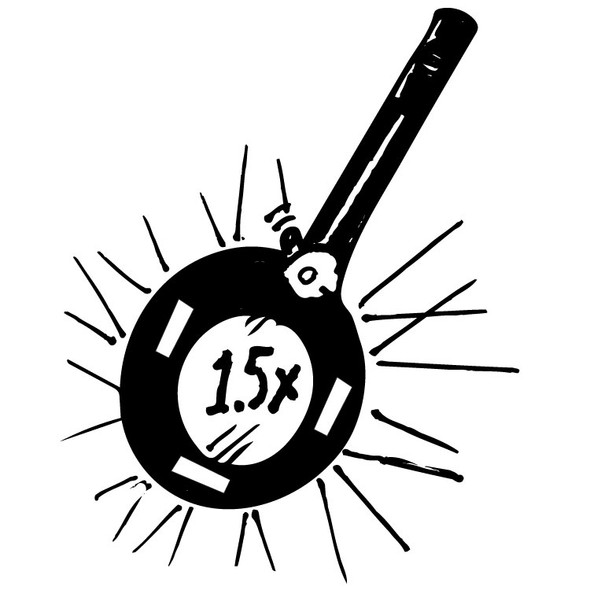Science Project Books
- Product
- Qty in Cart
- Quantity
- Price
- Subtotal
-


3 LED LIGHTED MAGNIFYING GLASS W/BATTERIES
This XL magnifier measures 3-3/8" dia with a 5" long handle, all rubber coated. Glass lens is 1.5X and surrounded by (3) bright white energy efficient COB LED strips that run on (2) included "AA" batteries. Tap-on, tap-off switch. Good for everything...$6.50$6.50 -

ASSORTED CLASSICAL MUSIC CD
All classical music was not created equal, which is why we’re going to send you only the good stuff. You’ll get a CD of our choosing and possibly a bonus accompanying booklet going into detail about the composer and his music. Our assorted...$4.00$4.00 -


WE DARE YOU SCIENCE BOOK 366 PAGE
"WE DARE YOU!" by Vicki Cobb is a 322-page book for children, filled with over (300) scientific challenges and experiments that can be done with ordinary household stuff. A savvy adult could introduce kids to science by betting them their allowance money...$12.95$12.95Qty in Cart: 0Quantity:Price:$12.95Subtotal:$0.00 -


GONZO GIZMOS PROJECT & DEVICES BOOK
Why does it do that? Develop an elemental understanding of magnetism, electromagnetism, electrochemistry, radio, thermodynamics, light and optics. Simon Quellen Field's 228-page paperback, Gonzo Gizmos, Projects & Devices to Channel your Inner Geek...$16.95$16.95Qty in Cart: 0Quantity:Price:$16.95Subtotal:$0.00

